
Shorebirds can be both very rewarding and very challenging to photograph. To start with, their environment is often muddy, sandy, salty, or a combination of all three. Add to that, shorebirds are usually very timid and you rarely have much cover to hide behind, making for a very challenging subject.
But when you get home tired, with wet clothes and sand in your shoes, with a big cheesy grin on your face because you know you just got some great shots, you know it was all worthwhile.
Now, let’s take a look at some of the key aspects of taking photographs of shorebirds…
Be prepared
There’s a very good chance you or your equipment will get wet or dirty when photographing shorebirds in their natural habitat. Some sort of protection for your camera is a good investment.
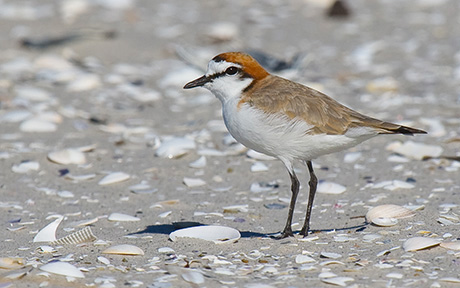
You may consider using “Camera Armor” or similar to protect your camera and lens. You may also want to tuck your camera into a jacket or bag. Try to avoid changing lenses in these sorts of environments because dust or sand on your sensor can ruin your day, or worse: your camera.
Know your subject
In many cases, shorebirds are very predictable. For example, they will feed around the edges of ponds so you can get ahead of them and wait for them to come to you. Find the places they frequent and spend time learning their habits.
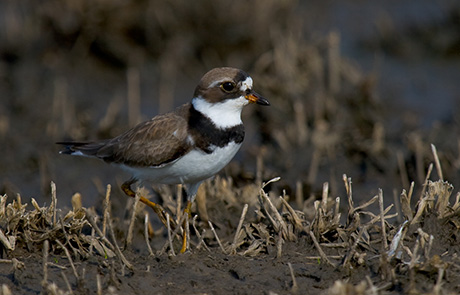
In tidal areas, birds will often return to the same place to roost when the tide comes in. Knowing this and getting there first can yield great results. Know your subject’s personal space. Some birds will allow a closer approach than others. Knowing this in advance and looking for the signs that you are invading their personal space can help you avoid spooking them and thus losing the shot.
Patience is a virtue
You can expect to spend a lot of time waiting. Just think of it as taking some time for yourself! Bring a drink and a snack if you know you will be waiting for some time. While its easy to forget your hunger while you’re taking all those great shots, its easy to lose patience when “hungry” is all you’re feeling.
While you’re waiting, observe your subject. What are its habits? It is amazing how much you can learn about birds by simply watching them and this is a great time to do it. I have learned far more about birds by watching and waiting than I ever did before.
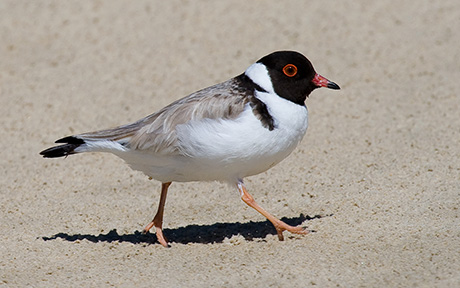
In many cases, attempting to approach your subject will result in its flying away, so don’t be tempted! Patience will be rewarded.
I recall a time where I had been laying on a beach in 95F heat and 95% humidity. I was waiting for some Sanderling – a type of shorebird – to approach. They got closer and closer until they were too close to even focus on, which means about 5 feet away. Time to put the camera down (very slowly) and enjoy the privilege of such close proximity to nature.
Get down to the ground
The best shots of shorebirds – like many others – are those taken at eye-level with your subject. Its a far more natural-looking shot at this angle than looking down, say from standing or even kneeling.
This means you may need to get down on your stomach to take the shot. With a bit of luck, it will be dry where you have to lay down! Wearing the right clothes can make life a lot more comfortable and while its not all about comfort, there’s no need to be less comfortable than necessary.
Taking the shot
With a bit of luck, by now you’ve been waiting – but not too long – and you’re not too hungry or wet, and your subject is coming into range. If you are exposing manually (hopefully), check the exposure one more time before firing off a bunch of shots.
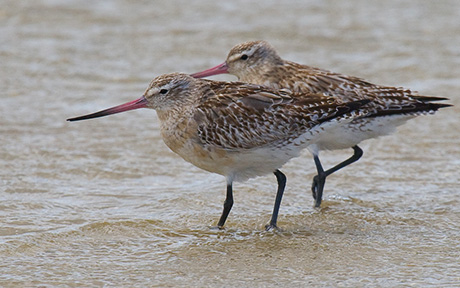
Stay still while taking the shots, as movement now may easily spook the birds. One quality of great shots is a sharp eye, so take time to ensure the eye is sharp for each shot.
Take lots of shots! Its easy to delete the bad ones when you get home but you don’t always get a second chance. Try different angles, especially if you need to ID a bird later. Get shots of the head, the breast, the back, the legs and the tail. All may be necessary to identify the bird at home.
Relax
Now take some more time to savour the moment. You’ve just captured some great shots!
The shot below, of a Short-billed Dowitcher is one of my favorites. I had been shooting for some time and had crept closer as the bird allowed. I stopped when I had gotten enough shots, put the camera down and watched some more.
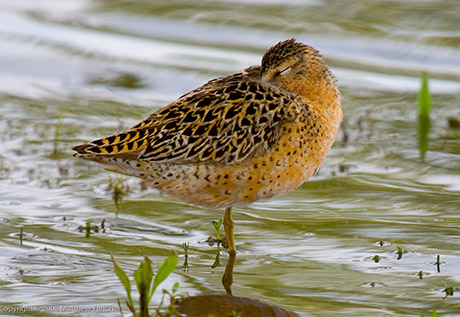
After waiting another half-hour or more, the bird tucked its bill under its wing and slept. I was barely 15 feet from a wild bird that was so comfortable with my presence that it slept. Priceless.
loved the article, very to the point. I live in a lake area with a lot of shore birds. I know you usually state somewhere in your articles what the critter is in the pic, but maybe you could put it in the caption with the photographers name for the times you dont state it in the article. I have bird ID books for the eastern coast, but sometimes cant find a bird from another area.
Great article, I’m picking up more and more on how to get good bird shots. This will be very helpful. Living in San Diego, shore birds are a subject I love to explore. Thanks.
For the first time Iam going to do birds photography .All your tips will be kept in mind
while Iam on the spot.Thanks for the tips.
Yes,am read this blog tips.and i grab very good tips for here. so i really thank full Matthew Fletcher
Hi,
wondering what kind of lens you were using. Great shots! thanks, Linda
Thank you! I enjoyed this.
Great advice, thanks, will give it a go, I live near the sea.
Fabulous article! You sort of touched on it, but sitting in one spot can be a tremendous benefit. In Cape May NJ where there are endangered Piping Plovers, they come right onto the crowded beach to feed. Rather than chasing them around the beach, it’s best just to sit in one place and let the crowd of beachgoers drive the birds to you. I find that any time a bird approaches me, it is much more comfortable than the other way around. At home, birds often come into my blind just to check me out and Wild Turkeys often rest in the shade just a few feet away.